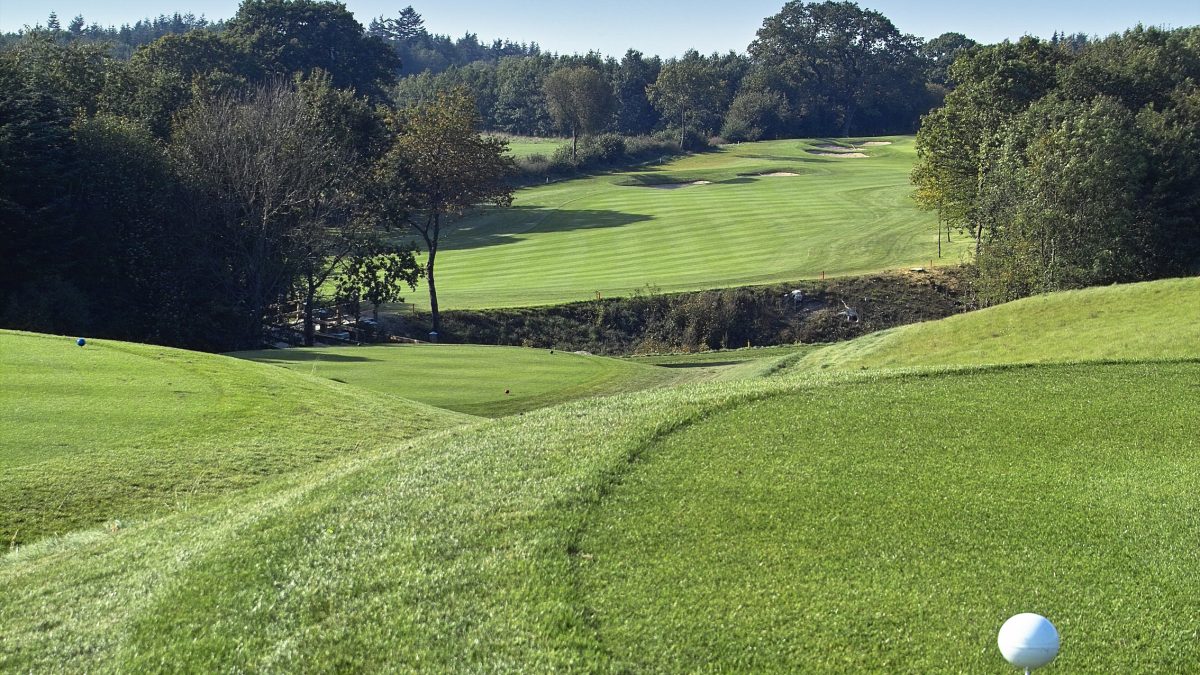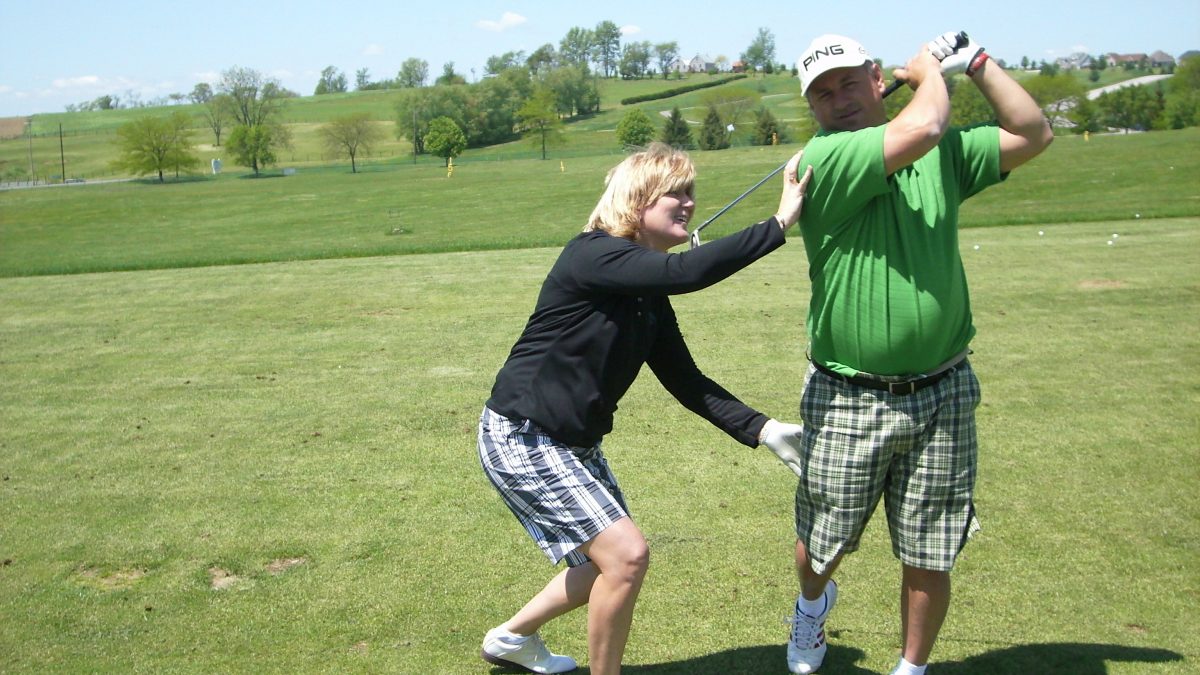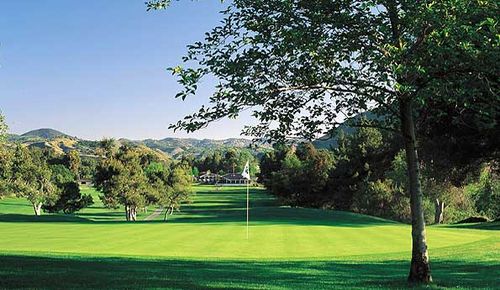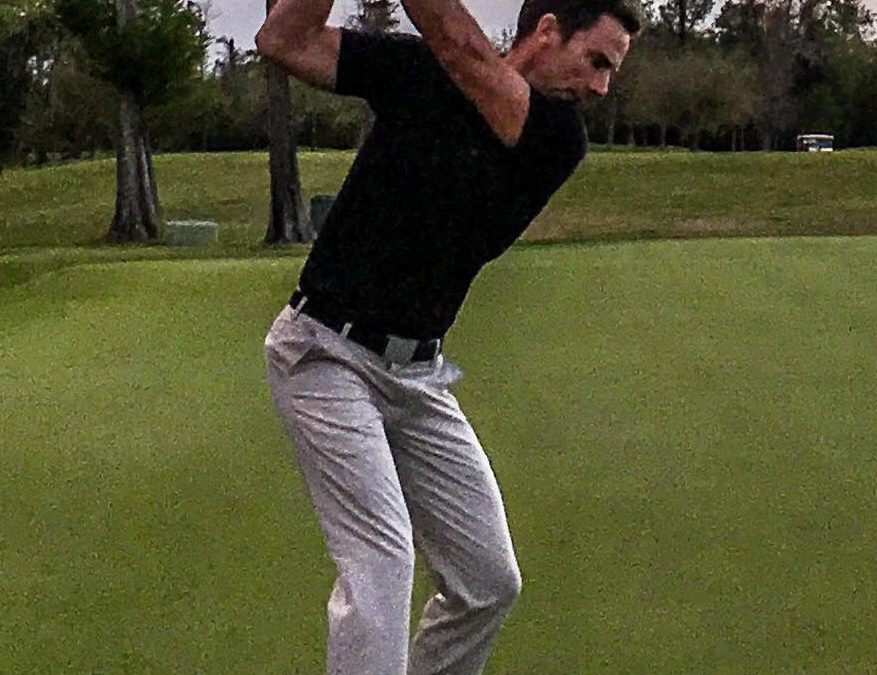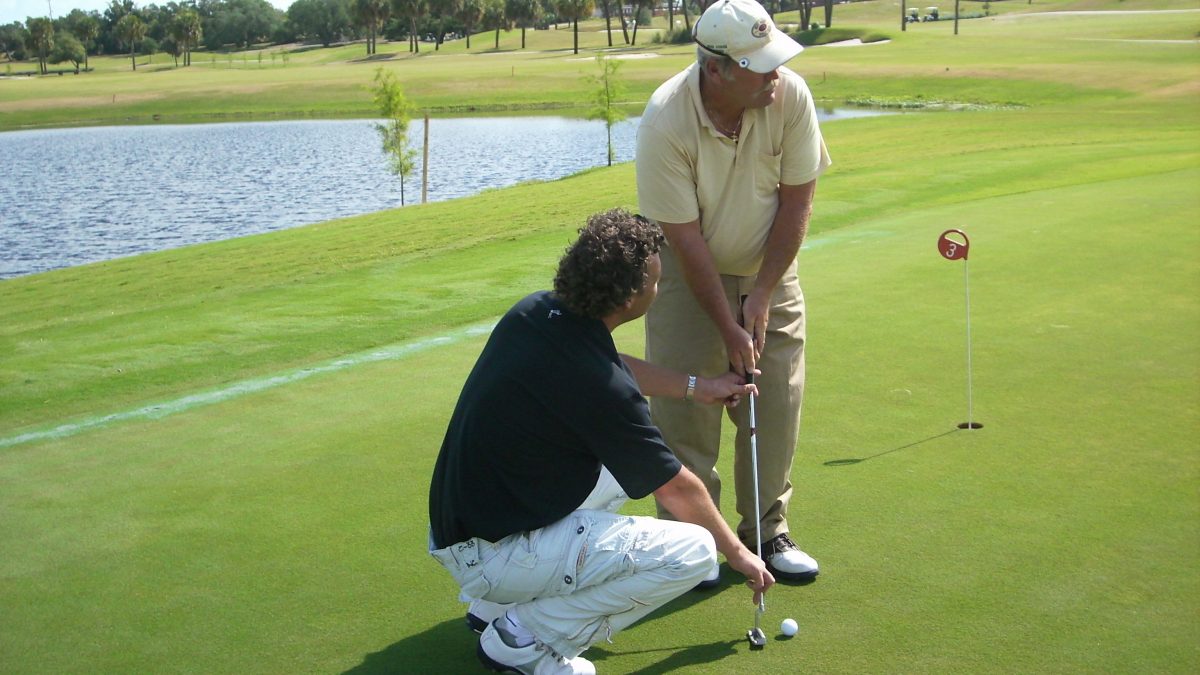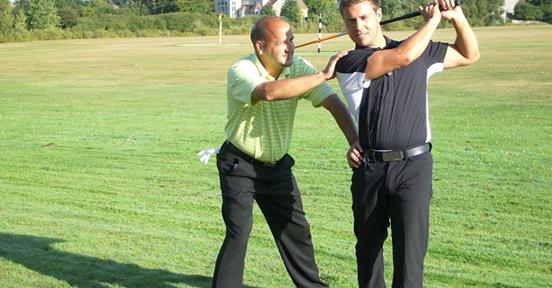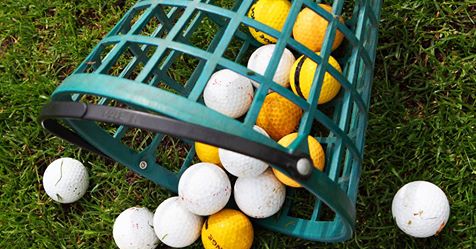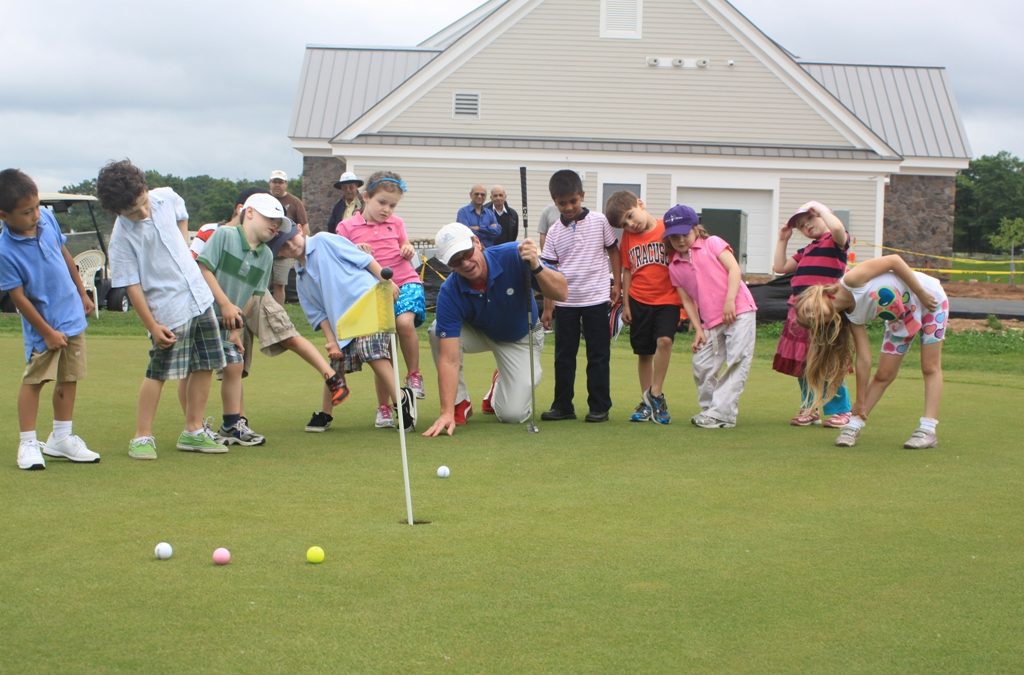Virtual Reality Still Searching for a Place in the Golf Industry
In early 2016, I wrote about the advent of virtual reality and its potential impact on the future of the golf industry. Two and a half years later, virtual reality equipment is becoming more and more ubiquitous. Some of the top holiday season sales are for VR gear from companies like Oculus and HTC. One of the top movies last Spring was Ready Player One, a film about how VR will soon consume our society. With VR becoming more and more popular, it’s time to revisit this trend and see how it’s affecting the entertainment industry generally and golf industry.
Getting a top-of-the-line VR setup isn’t cheap. First, you’ll need a pretty powerful computer to operate the software. Next, you’ll need to buy the VR equipment. The aforementioned Oculus and HTC brands run around $350 to $500. Finally, you’ll need a large empty room devoid of obstacles like furniture so you don’t hurt yourself or break something while playing. Setup is simple. A visor covers your eyes and most of your face and allows you see the virtual world. A handheld controller allows you to interact with objects like golf balls and clubs and to navigate through menus. The more advanced (expensive) VR setups include cameras set around the room, which place your body in the VR environment and records the movement of your body.
One of the most fun things you do once everything is set up is to take a virtual tour of your favorite golf course. Using Google Maps, you can explore any golf course you want on a 3-D tour. Having never made it to the Masters yet, my first stop was Augusta National. It’s an incredible experience to be “standing” on Hogan’s Bridge on No. 12. Of course, what you’re actually exploring are high resolution static photographs – you can’t interact with the golf course, just explore it. It’s fun to survey famous courses that I might not have the chance to visit in the real world, but it’s also useful to scout out a golf course I might play soon. If you do nothing else with virtual reality, this ability is worth the price of admission.
If you actually want to swing a club, you’ll need to buy a game that allows you to do so. The top two golf programs are Galaxy Golf and Golf Club VR. The first is a sort of cartoonish mini-golf game where you hit bank shots to islands floating in space. Obviously geared toward younger players, it’s safe to say it doesn’t create a very realistic golf experience. Golf Club VR, on the other hand, is designed to be a more serious game. You play on a realistic looking golf course. Users can even design their own course and play on courses other players have designed. There are excellent reproductions of famous tracks like St. Andrews. But most significantly, in order to play Golf Club VR well, you have to make an actual golf swing. Poor swings result in poor shots. The big takeaway here is that improving your golf swing in Golf Club VR could have real-world impact on your game.
Of course, there is still a long way to go until VR golf is comparable with the real thing. For one, the controller could not be more unlike a golf club. There are users who have attached their controller to a golf club shaft in order to provide a more authentic swing experience, but there’s nothing official from Oculus or HTC. Also, Golf Club VR is a single-player game, which means you can’t play with friends or, for example, bring a golf teacher into your game for a lesson. Lastly, the interactive graphics of the game lack the detail and naturalness of the static images in Google Earth. Overall, these limitations feel like they’re temporary and will be solved with time. As designers iron out exactly what users want to see, many of these barriers will be eliminated.
While I was testing out this technology, the primary question I kept asking myself was, “Would a lesson in VR improve my game in real life?” I think the answer to that question today would be a solid “maybe.” There are certainly things you could work on in VR that would translate to your weekend foursome, but there is also still a pretty hefty gap to close. There is, however, definitely a novelty to playing golf in VR. A few hours after letting my son have a turn in Golf Club VR, he asked if we could go to the range to hit some golf balls – in real life. For now, this might be the key to understanding how VR is changing the golf industry: it can help get people interested in the real thing.


